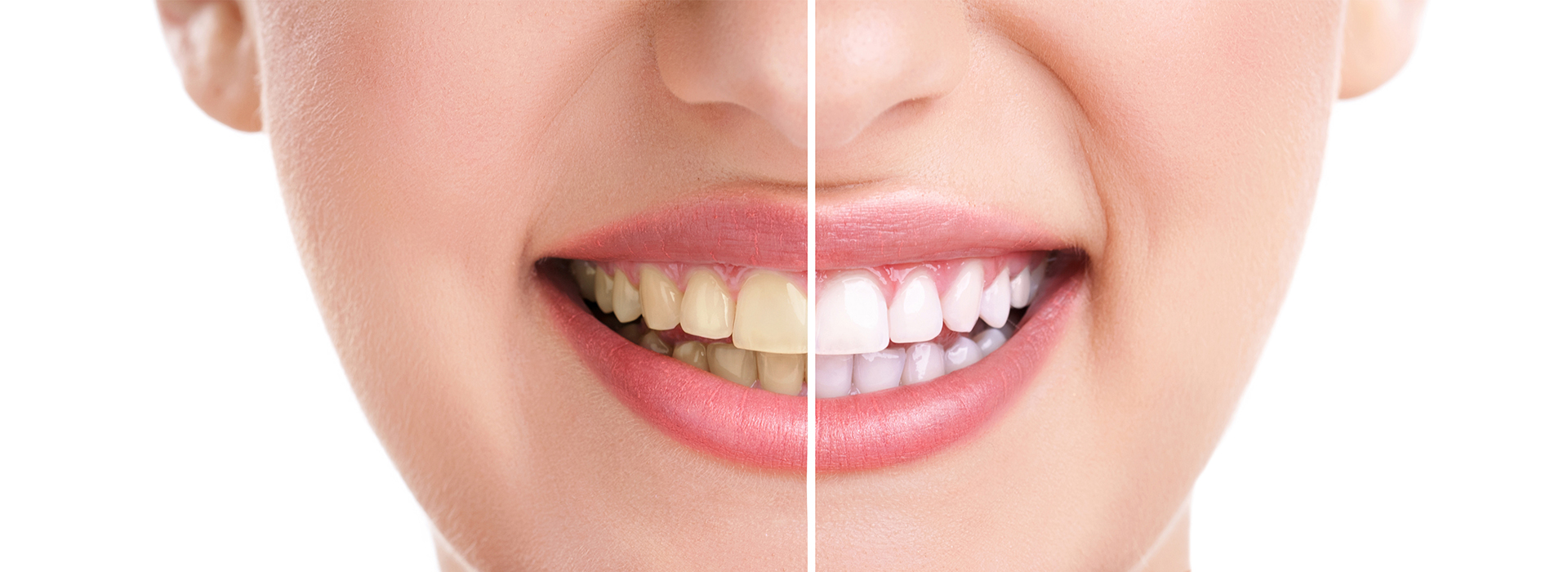A brighter smile can change the way you feel about yourself and how others perceive you. At the office of Cruzin' Dental, we combine modern techniques with careful clinical judgment to help patients achieve teeth that look healthy and natural. Whether you want a subtle lift or a noticeable transformation, professional whitening can be an efficient, science-driven way to refresh your smile.
Discoloration has many causes, and understanding the reason behind your staining helps us recommend the safest, most effective path forward. From surface stains caused by food and drink to deeper changes within the tooth, the right approach depends on a careful exam, a clear treatment plan, and attention to long-term maintenance.
Below, you’ll find a practical guide to professional teeth whitening: how it works, which options are available, what affects results, and how to protect your investment. The goal is to give you straightforward information so you can make an informed decision about improving your smile.
Tailored whitening plans for lasting results
Not every smile benefits from the same protocol. A successful whitening outcome begins with a personalized plan that takes into account tooth shade, sensitivity history, restorative materials, and your aesthetic expectations. During your consultation, we assess each of these factors and discuss realistic outcomes based on your starting point.
Plans typically range from professionally supervised in-office treatments to take-home systems that allow gradual brightening. For many patients, a hybrid approach — an in-office session followed by touch-up trays — provides a balance between immediate impact and ongoing control. Customization is especially important when restorations such as crowns or veneers are present, because these materials do not change color with bleaching.
We also consider oral health before recommending whitening. Active decay, significant gum disease, or compromised enamel are addressed first to ensure any bleaching is safe and effective. By prioritizing a tailored approach, the team can help you reach your cosmetic goals with minimal discomfort and predictable results.
What determines tooth color and stain patterns
Tooth color is influenced by the interaction of enamel and dentin and how they reflect light. Enamel is the translucent outer layer, while dentin underneath carries more of a yellowish hue. As enamel thins with age or wear, dentin becomes more visible and teeth may appear darker or more yellow.
Stains fall into two broad categories: extrinsic and intrinsic. Extrinsic staining sits on the enamel surface and is usually caused by coffee, tea, red wine, tobacco, and certain foods. Intrinsic staining develops inside the tooth and can result from genetics, certain medications, trauma, or developmental conditions. The type of staining determines which whitening strategies are likely to be effective.
Understanding these differences helps set expectations. Surface stains respond best to conventional bleaching, while intrinsic discoloration may need more time, higher-concentration systems, or alternative cosmetic options such as veneers or bonding when bleaching alone won’t achieve the desired shade.
Whitening options: in-office treatments and custom take-home systems
Professional whitening generally falls into two categories: chairside in-office procedures and dentist-dispensed take-home kits. In-office whitening uses high-strength bleaching agents under close supervision and can create dramatic, immediate lightening in a single visit. This is often preferred by people seeking a quick, noticeable change.
Take-home systems feature custom-fit trays and professional-grade gels formulated for safety and consistent results. These allow patients to whiten gradually at home according to a prescribed schedule, which can be gentler for those with sensitivity or who prefer slower progress. Both options rely on peroxide-based chemistries that oxidize stain molecules to alter how they absorb and reflect light.
Your dental team will recommend the option that best aligns with your oral health status, lifestyle, and comfort level. In some cases, combining an in-office procedure with a maintenance plan of at-home trays yields the most durable, natural-looking outcome.
The science behind professional whitening
Professional whitening products typically rely on peroxide compounds — hydrogen peroxide or carbamide peroxide — to break down staining molecules within the tooth structure. These agents penetrate enamel and react with pigmented compounds, producing smaller, less visible molecules and a lighter tooth shade. The concentration and exposure time influence both effectiveness and the potential for sensitivity.
Clinical protocols are designed to maximize whitening while protecting enamel and soft tissues. In-office systems often use higher concentrations with protective measures such as gingival barriers and controlled application, while take-home options use lower concentrations in well-fitting trays to minimize soft tissue contact. This clinical oversight reduces the risk associated with indiscriminate over-the-counter use.
It’s also important to remember that restorations — crowns, veneers, and many composite fillings — will not respond to peroxide bleaching. When restorations are part of the aesthetic zone, a comprehensive plan may include color-matching or replacement of restorations after whitening to ensure a harmonious overall appearance.
When whitening is and isn’t the best choice
Whitening is a safe and effective solution for many types of discoloration, but it isn’t the universal answer. Patients with extensive dental work in the cosmetic zone, significant enamel erosion, or untreated gum disease may be better served by alternative cosmetic procedures. During the exam, we identify any limitations and discuss options that best align with oral health and aesthetic goals.
Some intrinsic stains — particularly those caused by certain antibiotics or deep-rooted trauma — may respond slowly or incompletely to bleaching. In these cases, restorative treatments such as veneers, bonding, or ceramic restorations can provide a more reliable shade correction and offer improvements in shape and alignment as well.
Additionally, a history of tooth sensitivity or recession may require modified protocols and desensitizing strategies to make whitening tolerable. By weighing risks, benefits, and realistic outcomes, your clinician can guide you toward a safe and satisfying solution.
Aftercare and practical tips to keep your smile bright
Protecting results after whitening begins with simple lifestyle choices. For the first 48 hours following an in-office treatment, teeth are more prone to re-staining due to temporary changes in the enamel surface. Avoiding richly colored foods and beverages, and refraining from tobacco use during this interval, helps preserve the initial improvement.
Long-term maintenance includes good oral hygiene, periodic polishing during routine cleanings, and occasional touch-ups with a take-home kit if recommended. Using a soft-bristled brush and non-abrasive toothpaste, along with regular flossing, minimizes new surface staining and supports overall dental health. If sensitivity occurs, desensitizing toothpaste or short breaks between whitening sessions usually manage discomfort effectively.
Consistent follow-up care allows your dental team to monitor shade stability and offer timely solutions if discoloration returns. Whether you choose an in-office session, a supervised take-home program, or a combination of both, ongoing maintenance is key to sustaining a brighter, confident smile.
We welcome questions about which whitening approach fits your needs and oral health. If you’d like to learn more about professional whitening or schedule a consultation, please contact us for more information.




